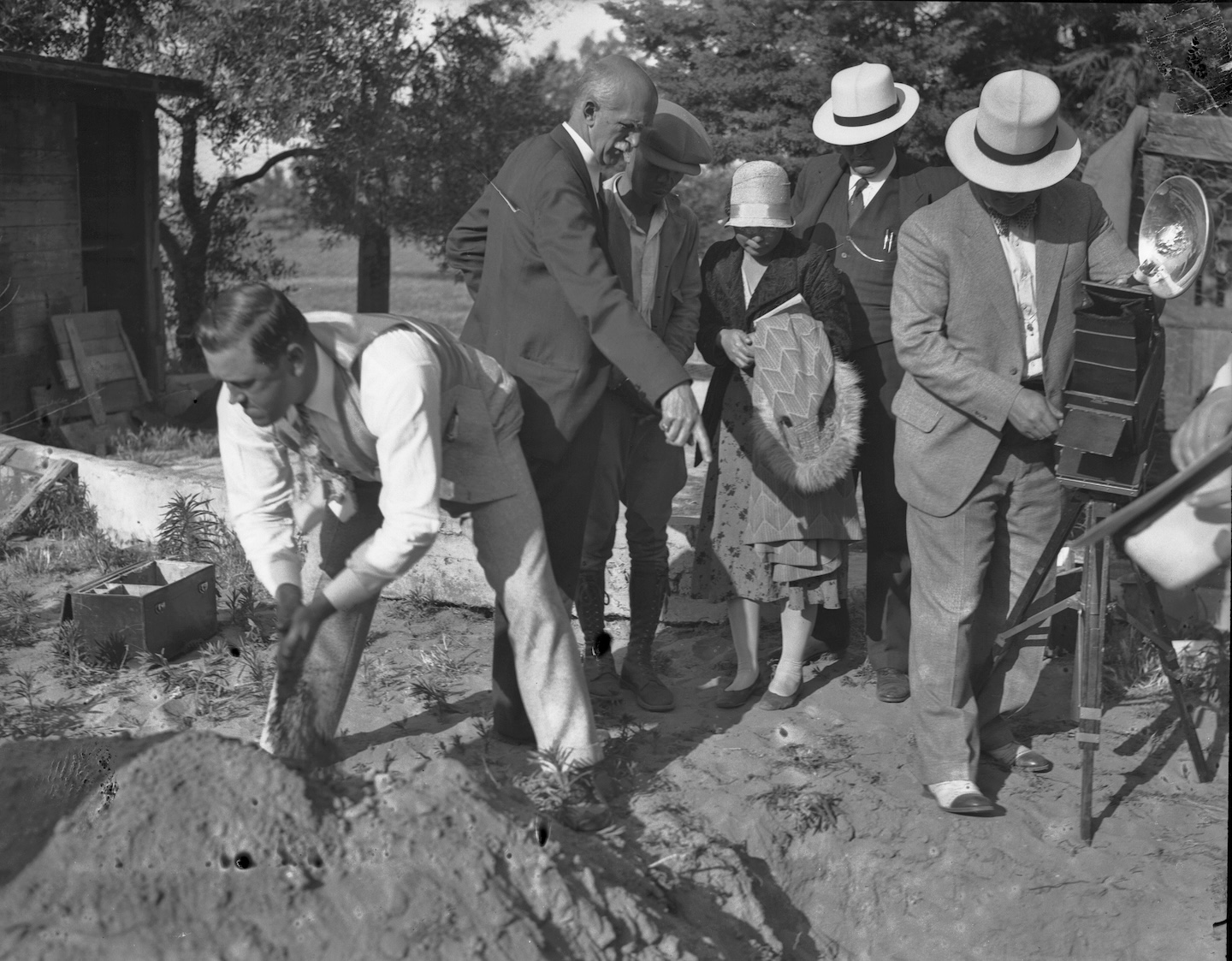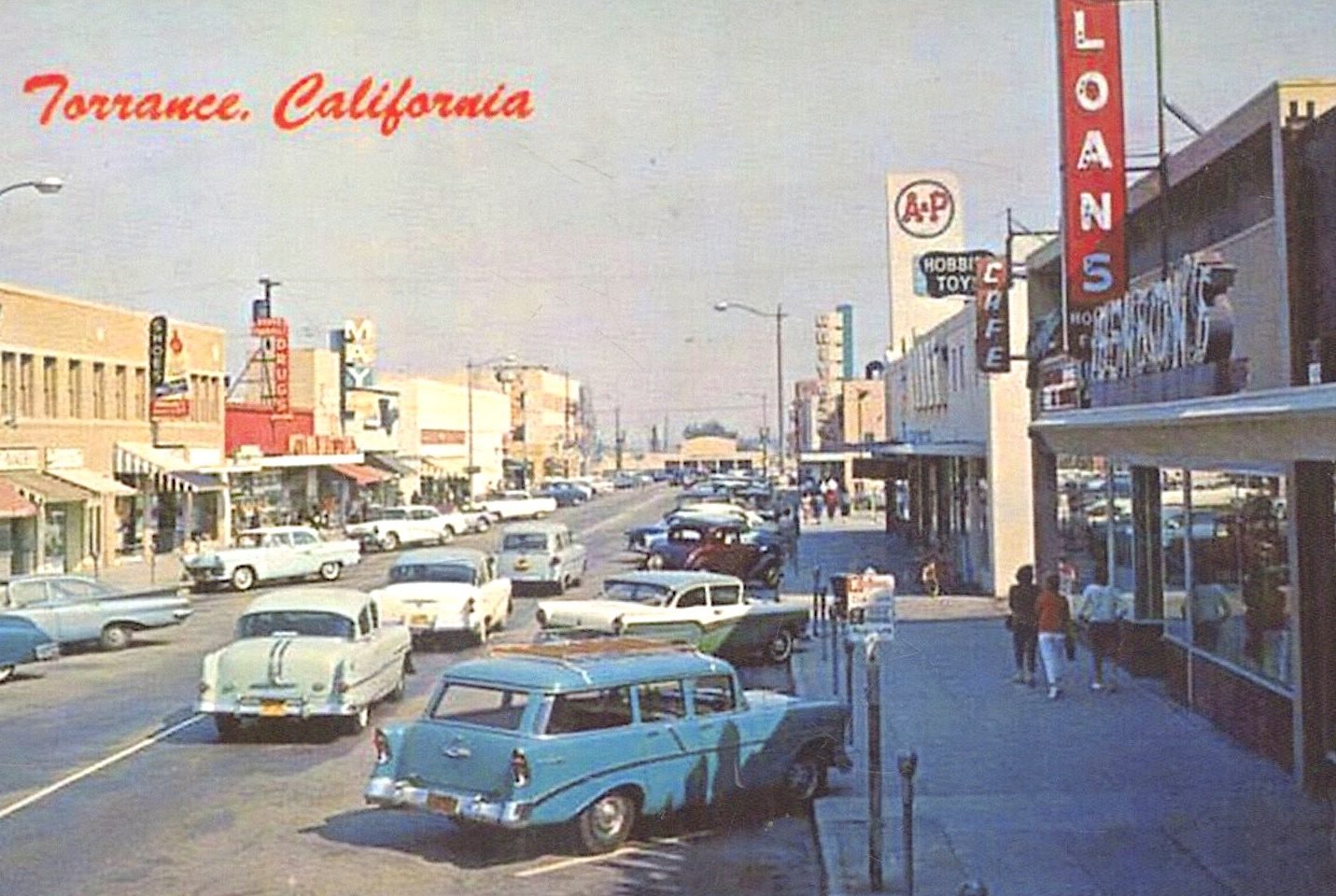
The death of three-year-old Molly Kanda on Dec. 13, 1931, can only be perceived as a ruthlessly senseless killing when viewed from the Western perspective.
But a further examination of the circumstances surrounding her demise only make it more tragic.
Molly was born to married couple Rinzaburo Kanda, a businessman, and his wife, born Ayako Hagikawa, in 1928. The family lived in West Los Angeles.

Unhappy in her marriage, Ayako Kanda, 30, began a secret affair with Koji Hatamoto, 36. She decided to leave her husband on Dec. 11, 1931, taking her daughter with her.
She eloped with Hatamoto to Torrance, where the couple moved into a small cottage on a ranch located on Emerald St. near Earl Ave. in West Torrance, just north of the present-day Providence Little Company of Mary Medical Center. (At the time, the area was part of the Victor Tract in unincorporated Los Angeles County; Torrance would annex the tract in 1956.)
Her husband Rinzaburo immediately knew his wife and daughter were gone upon arriving home from work, but was unable to locate her for six months. He enlisted the help of his brother, Takato, who located the couple in the Torrance area on June 6, 1932. But Molly was nowhere to be found.
When Rinzaburo confronted the couple over the child’s whereabouts, they at first told him that she had disappeared during a shopping outing in San Pedro. Ayako said she didn’t report it because she couldn’t risk having her illicit affair discovered.
Los Angeles County sheriffs were called after Rinzaburo physically attacked Hatamoto over the child’s disappearance. Under further questioning, the couple admitted that Molly had died the previous December. “We buried her there!” Ayako burst out, pointing to an area of ground in the chicken yard outside the cottage.

Deputies dug up the soft ground and found Molly’s body buried three feet down. The next story from the couple was that they had attempted to carry out a family suicide pact by turning on the gas in the house. The adults had lost their nerve and turned the gas off, but not before Molly died.
Group suicide has less of a stigma attached to it under Japanese Buddhist beliefs, where it’s thought that families are reunited happily in the afterlife following the taking of their own lives together.
But medical examinations alarmed the authorities when they revealed that Molly actually had died from two bullets to the head.
During the trial that unfolded in the Los Angeles Superior Court under Judge Schmidt in late August, 1932, the truth eventually came out.

The lovers had indeed agreed to a family suicide pact, having “mutually agreed to never stop loving each other until death do us part,” according to Hatamoto. Ayako asked that her paramour kill both her and Molly in the cottage while she held the tot in her arms. Hatamoto refused to do so, so she told him to take the child outside.

Hatamoto complied, shooting the child twice with a rifle. They intended to kill themselves next, but could not bring themselves to do it.
According to Ayako’s testimony as told through an interpreter, they wrapped Molly’s body in a coat and kept her in a closet for three days before burying her in the yard.
Ayako also announced during her testimony that it was her wish that she and Hatamoto both receive the death penalty and die together.
At the conclusion of his trial, Judge Schmidt agreed that Hatamoto was guilty, and sentenced him to death. Because she failed to protest Molly’s killing or express remorse for it, Ayako Konda received a sentence of life in prison the following day.


After a last-second conversion to Christianity, Hatamoto, carrying a photo of Molly, the child he had killed, was executed by hanging at San Quentin Prison on May 19, 1933. He was 38.
At the time, hanging was the method of execution in California. A 1937 state law replaced hanging with the gas chamber as the state’s method of capital punishment.
Ayako’s husband, Rinzaburo Kanda, later was sent to the Granada internment camp in Colorado during World War II. He died in California in 1965.
Ayako Kanda was sent first to San Quentin Prison and later transferred to the state prison in Tehachapi. The last record of her shows her as having been released and deported to Japan in 1940.

Sources:
“Ayako Kagikawa-Kanda: Murder 1st Degree,” by Gwen Kubberness, Criminal Genealogy blog, July 31, 2020.
Los Angeles Times archives.
San Pedro News Pilot archives.
Torrance Press-Herald archives.
